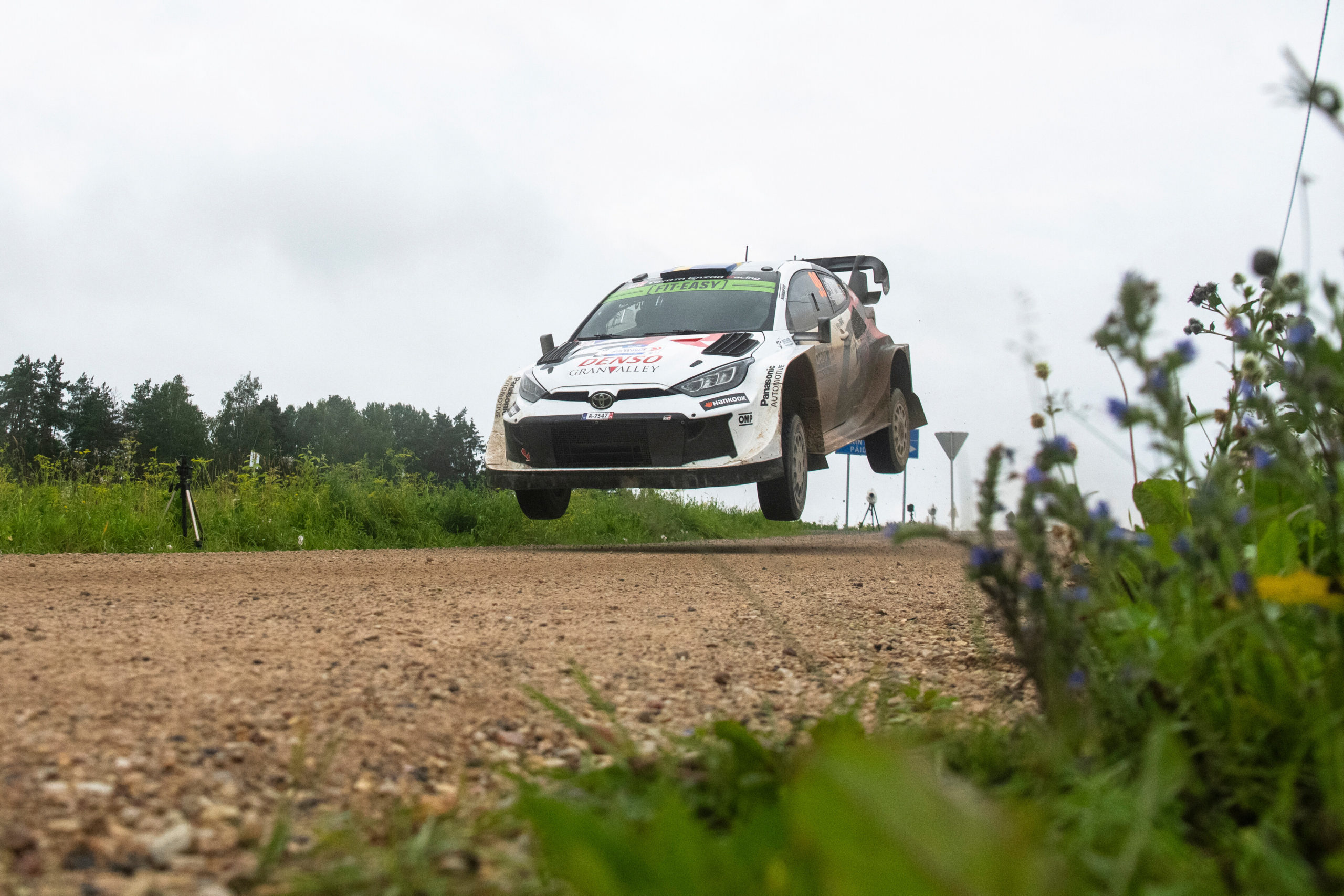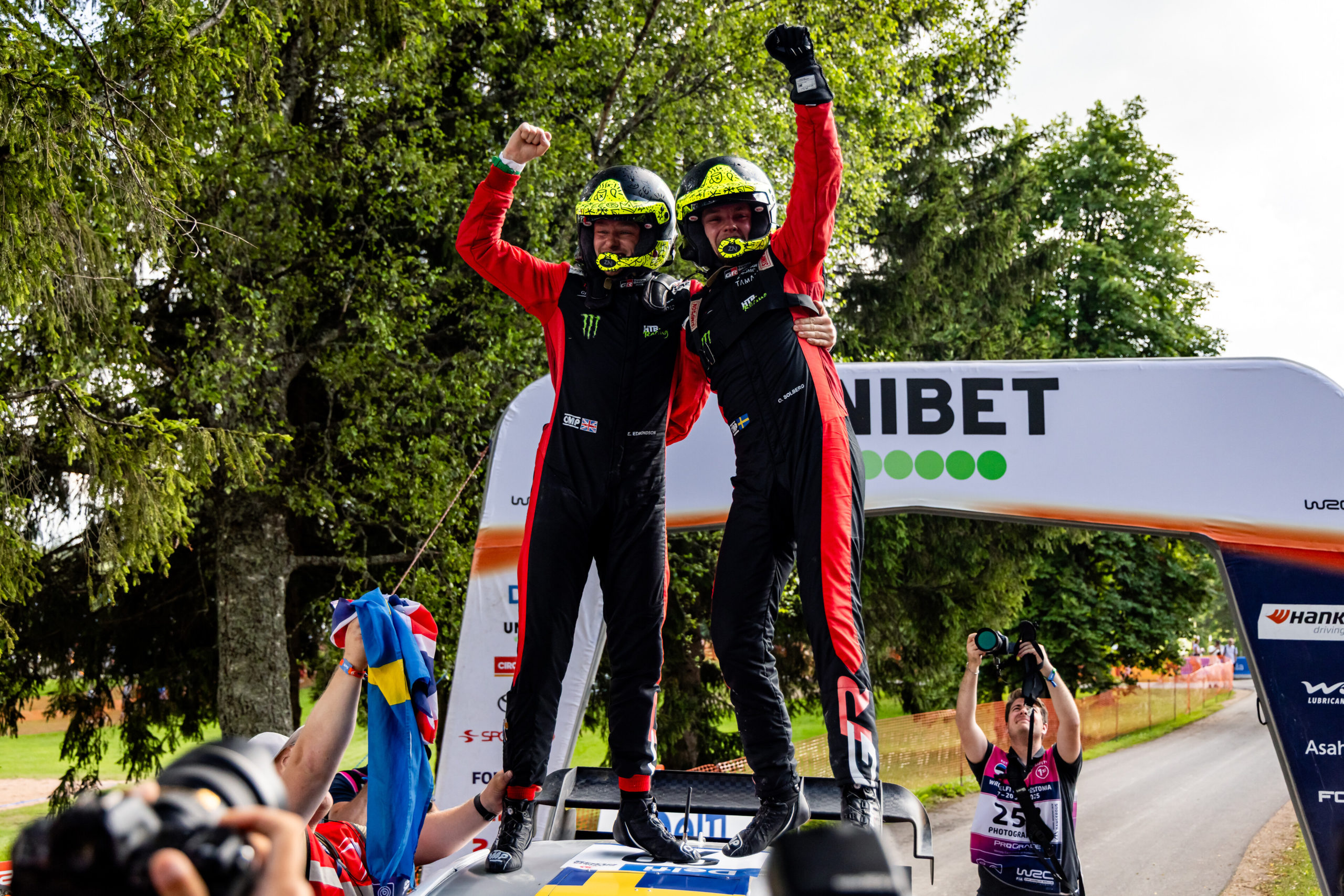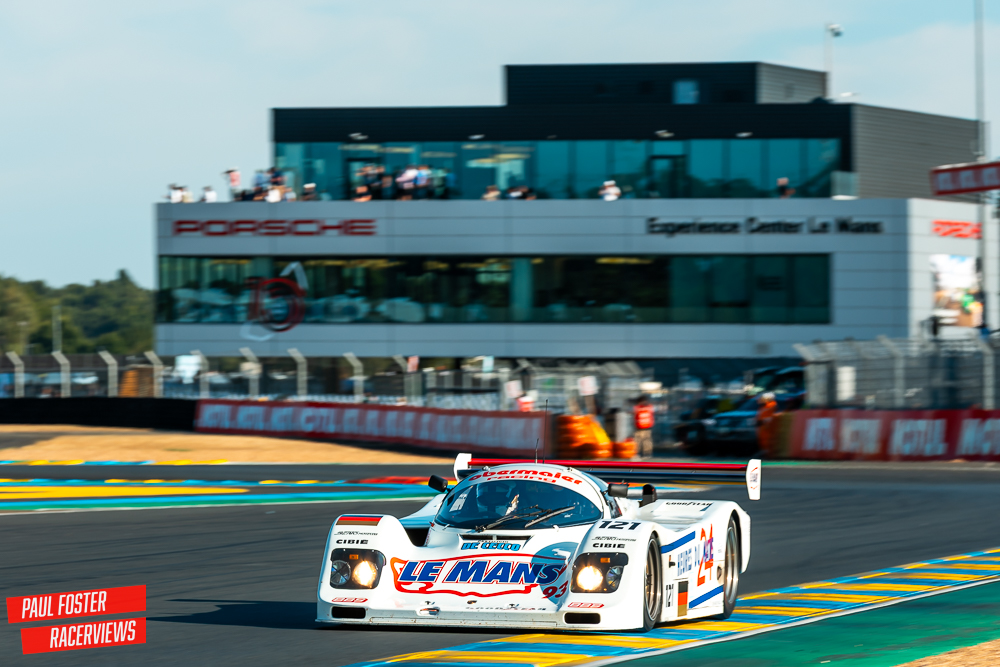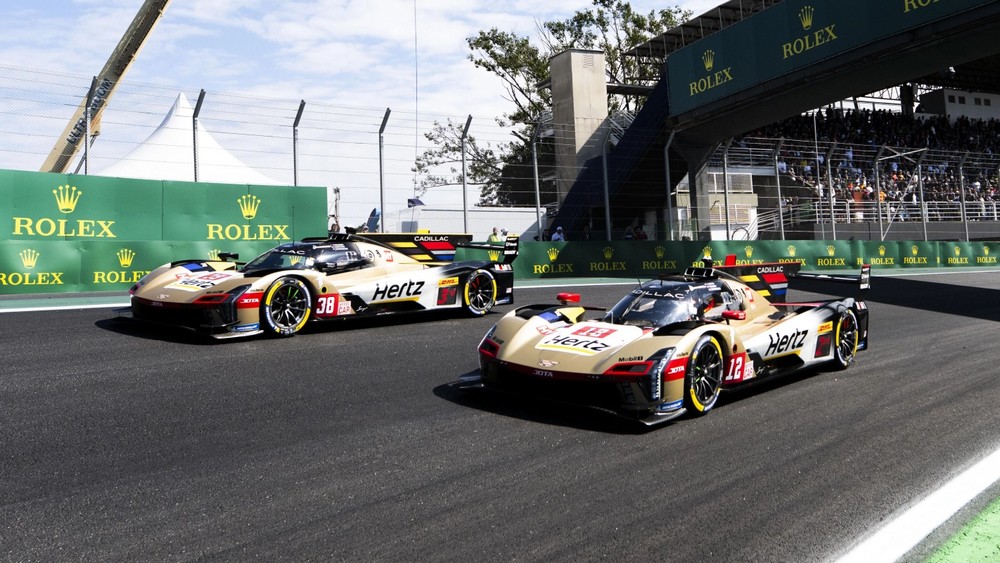
WRC: A Sudden Shift at the High-Speed Gravel
Traditionally, Rally Estonia is recognised for its blistering pace and wide, flowing gravel roads sprinkled with jumps and crests, a setting where drivers push the limits of machine and nerve. This year contained all those elements, but with a distinctive twist: it was where Oliver Solberg, making his Rally1 category return with Toyota Gazoo Racing, shocked the established order.
Solberg’s performance was not a gradual rise but a decisive assertion. After clinching the lead with a strong Friday morning loop that saw him up by 12 seconds, he systematically extended his advantage, finishing with a surprisingly comfortable margin over seasoned competitors like Ott Tänak and Thierry Neuville. This was a reminder that Rally Estonia’s high-speed stages reward outright commitment and rhythm, but also that talent can burst through in unexpected ways. The rally included a grueling nine-stage day on Saturday where Solberg’s control and pace expansion marked him as the man of the moment, not just a hopeful novice.
Kalle Rovanperä, usually dominant here having won the past three events, faltered in pace but salvaged a respectable fourth overall, showing the rally’s capacity to disrupt even the most consistent rivals. Championship leader Elfyn Evans faced his own struggles, finishing sixth overall, reflecting how Rally Estonia can unsettle the standings rather than consolidate them.

WRC2: Stability and Solid Performance in a Competitive Field
In WRC2, the event maintained its reputation as a selective battleground. The demanding surfaces of Estonia served both as a test of speed and strategic discipline. Drivers needed to negotiate rutted second passes and manage their machinery with care. While WRC2 does not enjoy the same spotlight as the top class, performances here are vital for drivers aiming to break through to the upper echelon. The terrain’s blend of high-speed sections and tighter technical challenges ensured that only those capable of adapting dynamically stayed competitive.
JWRC: A Sharp Learning Curve
The Junior World Rally Championship in Estonia offered a rigorous proving ground. The juniors were required to handle roads that demanded precise car control under pressure, bridging the gap from learning terrain to professional-level challenge. Rally Estonia, with its unforgiving pace and changing surface conditions across passes, represented a stark environment for these emerging talents, where small errors were heavily penalised and composure intensely tested.
Reflections on the Event
Unlike the polished promotional narratives sometimes surrounding WRC rounds, this edition of the Rally Estonia was marked by a candid, unvarnished display of rallying’s core challenges: unpredictability in competition, the relentless wear on vehicles, and the constant negotiation between speed and survival. The widespread spectator presence remained a testament to the rally’s enduring appeal, but it was the performances—particularly Solberg’s unexpected emergence—and the mechanical dramas that truly defined this event.
To a discerning motorsport audience, the 2025 Rally Estonia underscored that while technology and teams evolve, rallying remains as much about raw driver skill, tactical intelligence, and resilience. The fluctuating fortunes of top drivers and the emergence of new winners painted a picture less of a triumphalist narrative, and more of a sport constantly in motion, where certainty is scarce and the gravel roads of Estonia remain a respected and feared proving ground.
This event not only influenced the standings—shaking up the driver championship race and testing manufacturer reliability—but reminded that at its best, rallying is an unscripted encounter between human and nature, machine and terrain.



